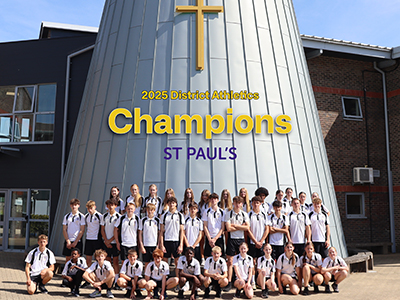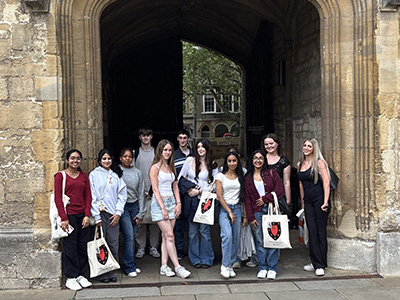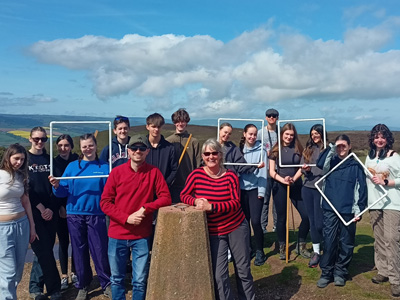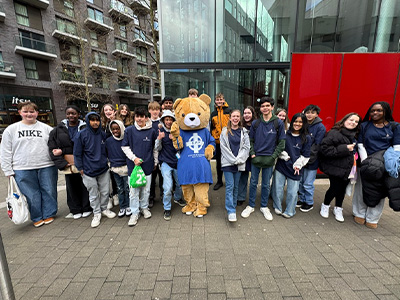Our Technology-Supported Distance Learning
Undeniably, since March 2020, we have all been required to rapidly adapt to changes in our world as events have unfolded, including how we continue to protect, support, develop and educate our children. St Paul’s long-standing mission statement seems more pertinent today than ever:
To provide an innovative, inspirational and Christian education which challenges, nurtures and informs our students to enable them to take their place in a changing world.
Technology-supported learning at St Paul’s is not new. We first introduced one-to-one devices with students almost 18 years ago, and are blessed with the technology and the culture to deliver highly-effective remote learning. We want to continue to build on the best practice that we have already achieved and to use recent events to challenge us to do better for our learners, staff and parents.

At the heart of our approach to using technology to enhance learning is our registered charity, the St Paul’s E-Learning Foundation. The charity has enabled us to achieve our e-learning vision, that every child at St Paul’s should share the benefits of e-learning with the use of a digital mobile device, at school and at home. Through the generosity of our St Paul’s community of donors, we have been able to ensure all students have access to technology, not just during the pandemic but always.
As the global pandemic has continued to evolve and different restrictions have been imposed on all of us, learning at St Paul’s has continued through the use of technology-supported, distance learning. Students continue to follow their usual fortnightly teaching timetables in full attendance, helping to providing a sense of structure, routine and a touch of normality.
Each lesson is held live on Teams, hosted by the class teacher, providing invaluable opportunities for face-to-face learning, social interaction and relationship-building. Student attendance is recorded every lesson and monitored by our pastoral team to ensure learners are not missing out on their education and to ensure they are safe. We have reduced the lessons to 40 minutes to allow for space between lessons and for students to complete tasks. We are looking to provide quality time together with the class teacher, working in small groups and individually as well as ensuring students are not fatigued by excessive screen-time.
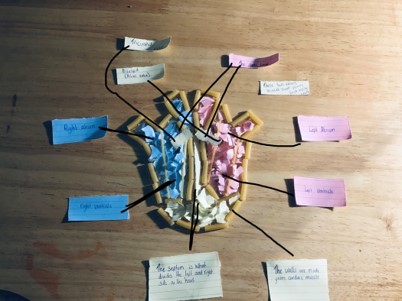
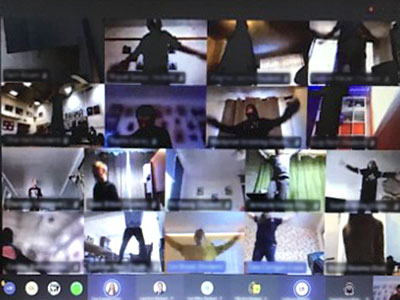
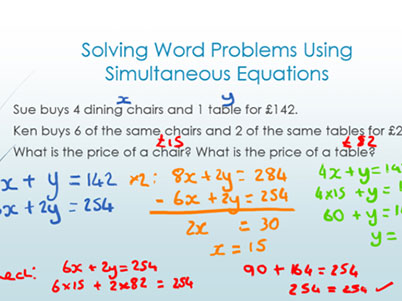
Lessons are not limited to being sat in front of a device all day. Our PE department’s ‘Joe Wicks’-esque active lessons get students moving, and teachers across all subjects are finding new ways to engage students in fun and interesting learning at home. Even with online learning, students are not just limited to learning through Teams:
- Our teachers are continuing to provide high-quality formative feedback to enable students to help them improve. Teams Assignments is one tool that our teaching staff have been using to set, collect, mark and return work efficiently when working remotely. We have been experimenting with written, video and audio feedback.
- Departments continue to use a wide variety of online learning tools to enrich the digital learning experiences of our students. Such tools include Kerboodle (in Geography, Science and Maths), ActiveLearn, Quizizz and DuoLingo (in Modern Foreign Languages), GarageBand (in Music), and Apple Books (in English) to name just a few.
- OneNote is an important tool across the school as a replacement for traditional paper-based exercise books. It allows the teacher to see students’ work in real-time and provide support and feedback at the earliest opportunity.
Our teaching staff, despite already having strong technical proficiency in many digital learning tools, have continued to train outside of normal teaching hours to enhance their use of distance-learning technology. As the tools have evolved, so have our teachers. A new feature of Teams that enables students to ‘break out’ into separate rooms for discussion and collaborative working was launched in Winter 2020 and all of our staff were trained shortly after.
We recognise the significant impact the pandemic has had on young people’s health and wellbeing. Our pastoral team have been working hard to ensure the same standard of exceptional pastoral care and support for our students and their families that St Paul’s is renowned for. Each day, from 8:30 to 8:45am, students meet in their form groups with their form tutor, providing much needed social interaction and a sense of togetherness. We ask students participate in lessons with their cameras turned on for the all-important face-to-face connection that makes learning so much more effective.
Our staff continue to use Teams, Zoom and the good old-fashioned telephone to connect with families on a regular basis to check on students’ welfare, stay connected with the school and continue to build the sense of community. We are thankful for the continued support received from families to ensure we can continue to provide the best opportunities for learning for our students.

